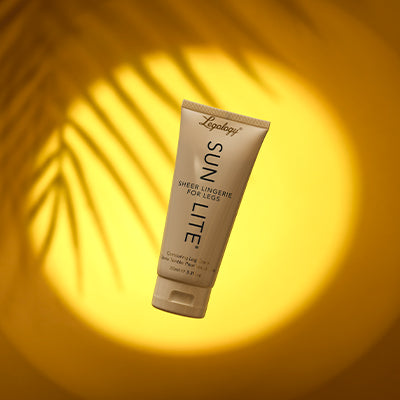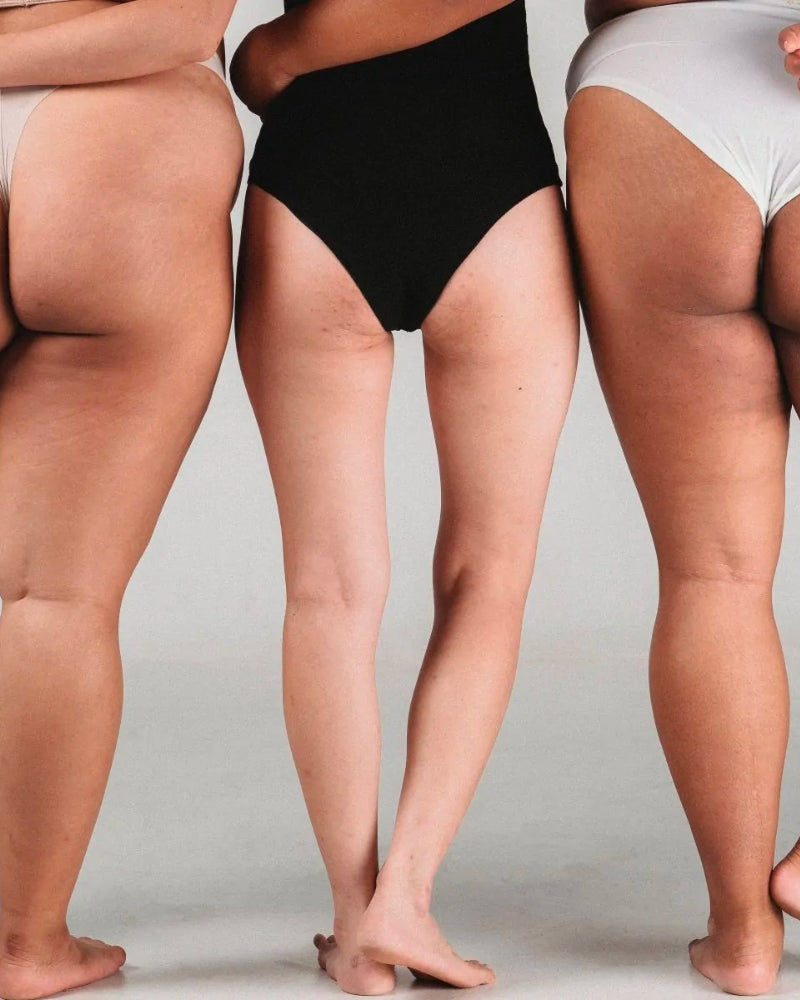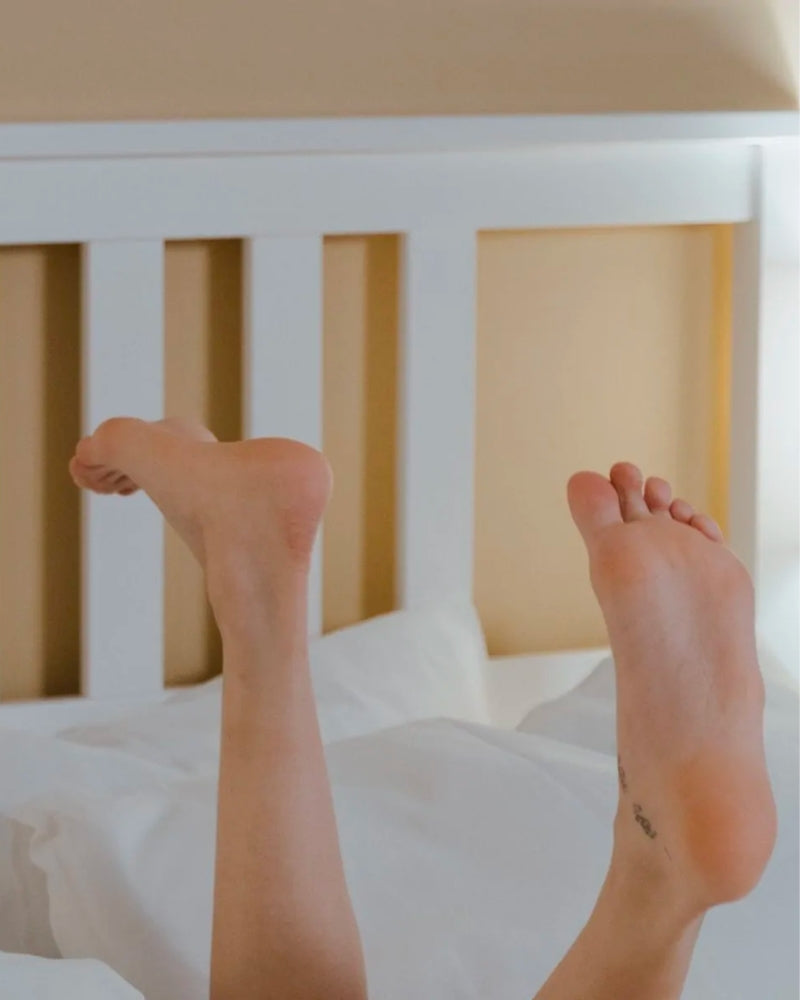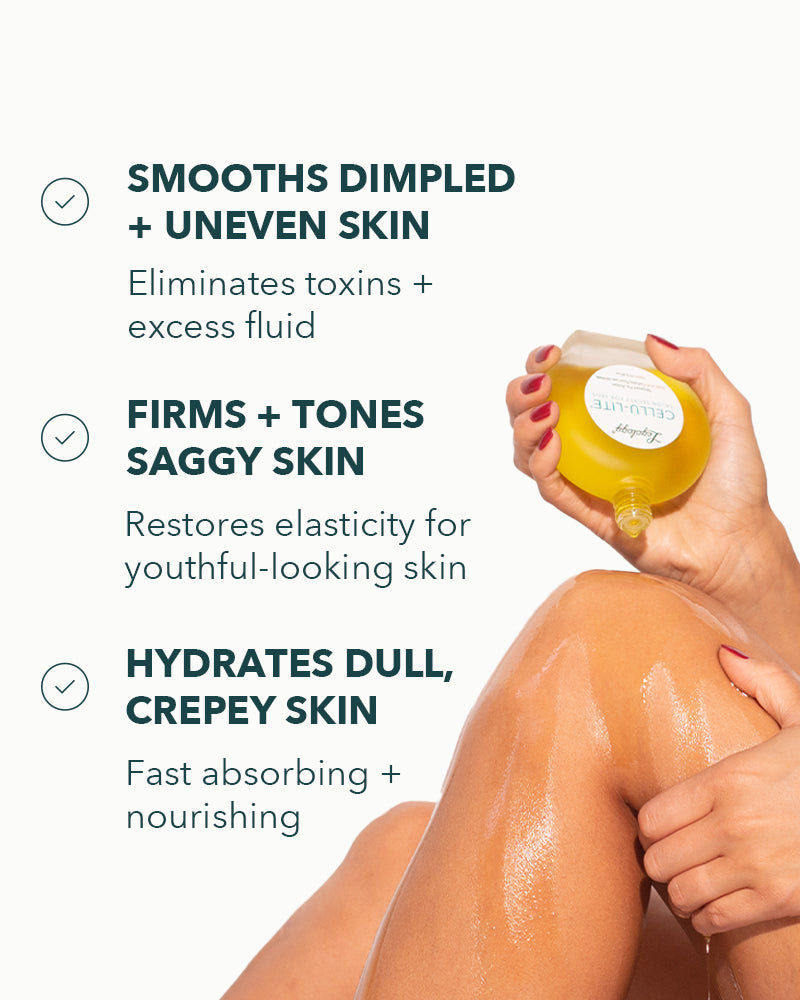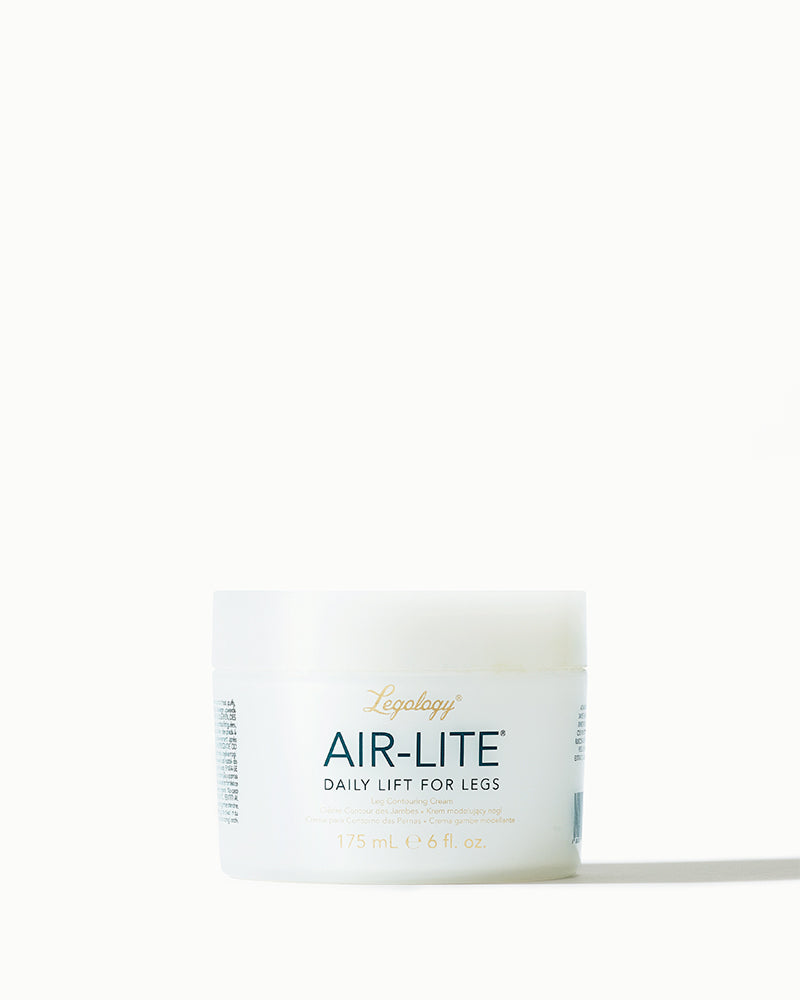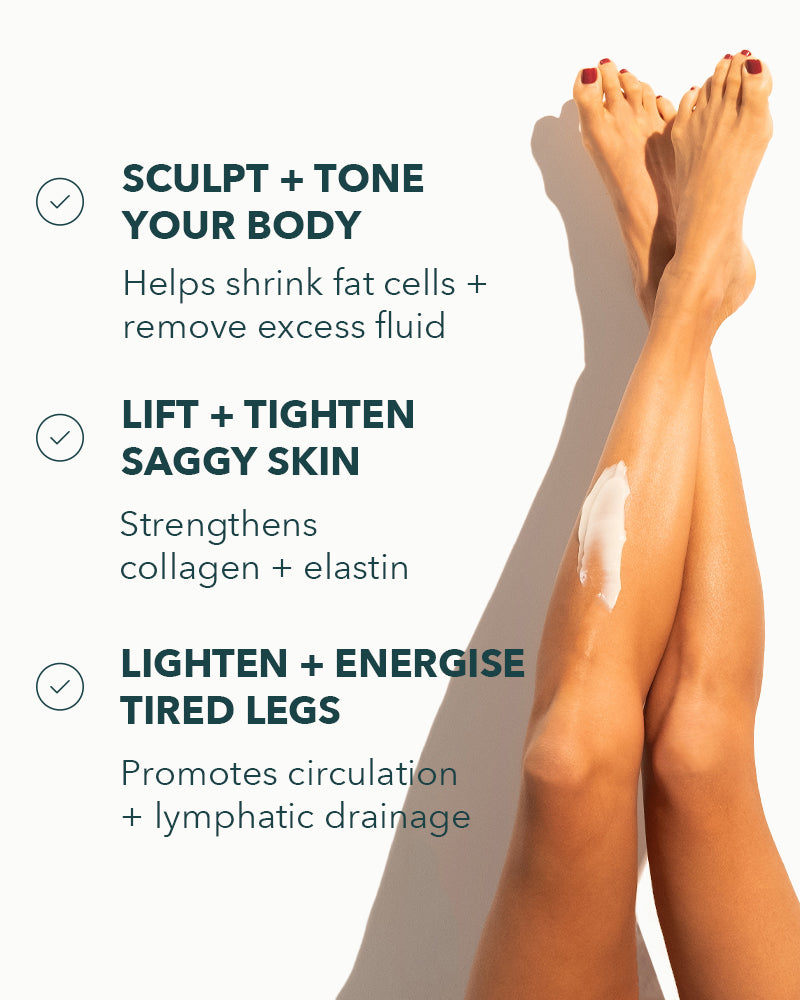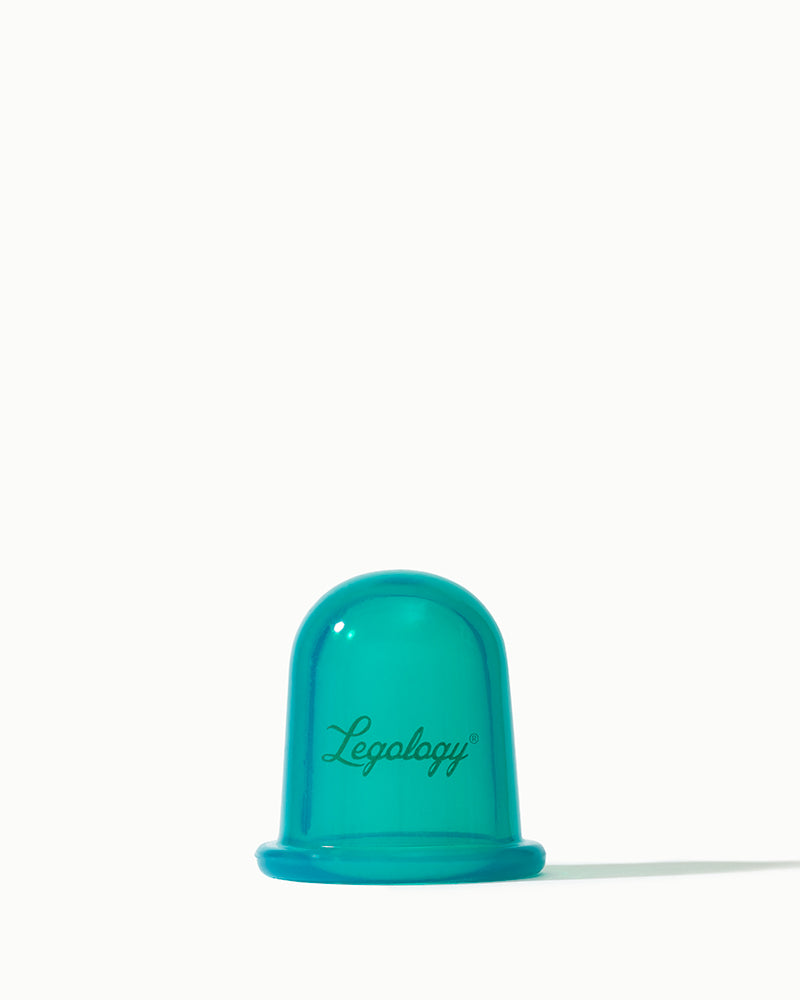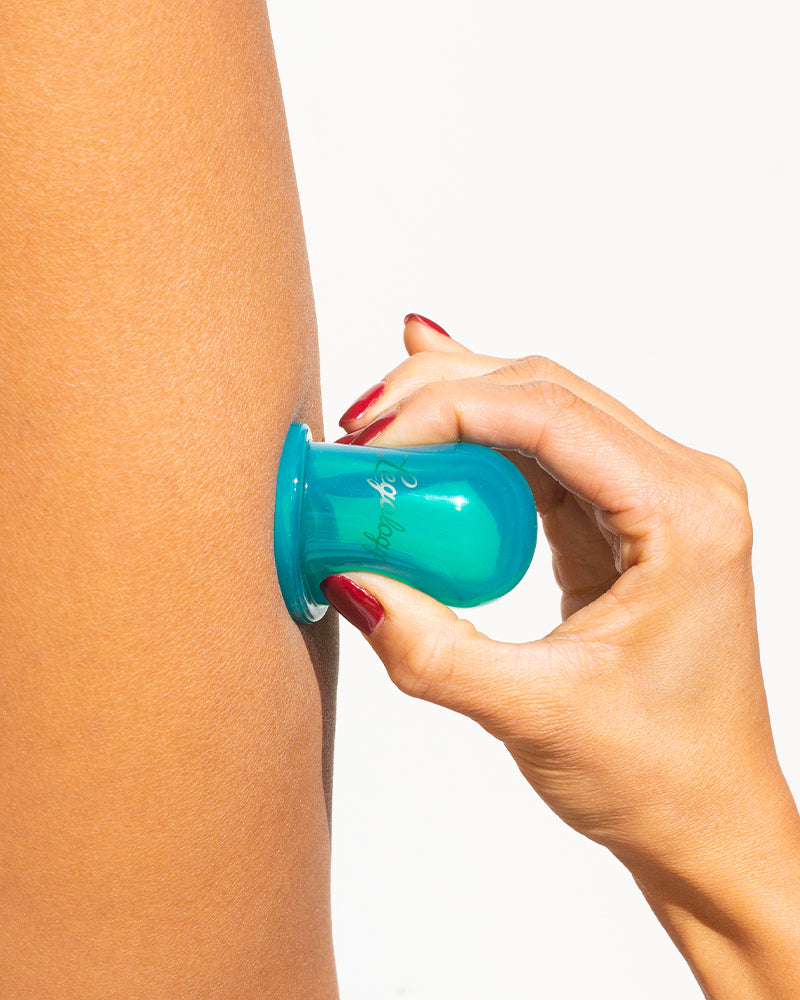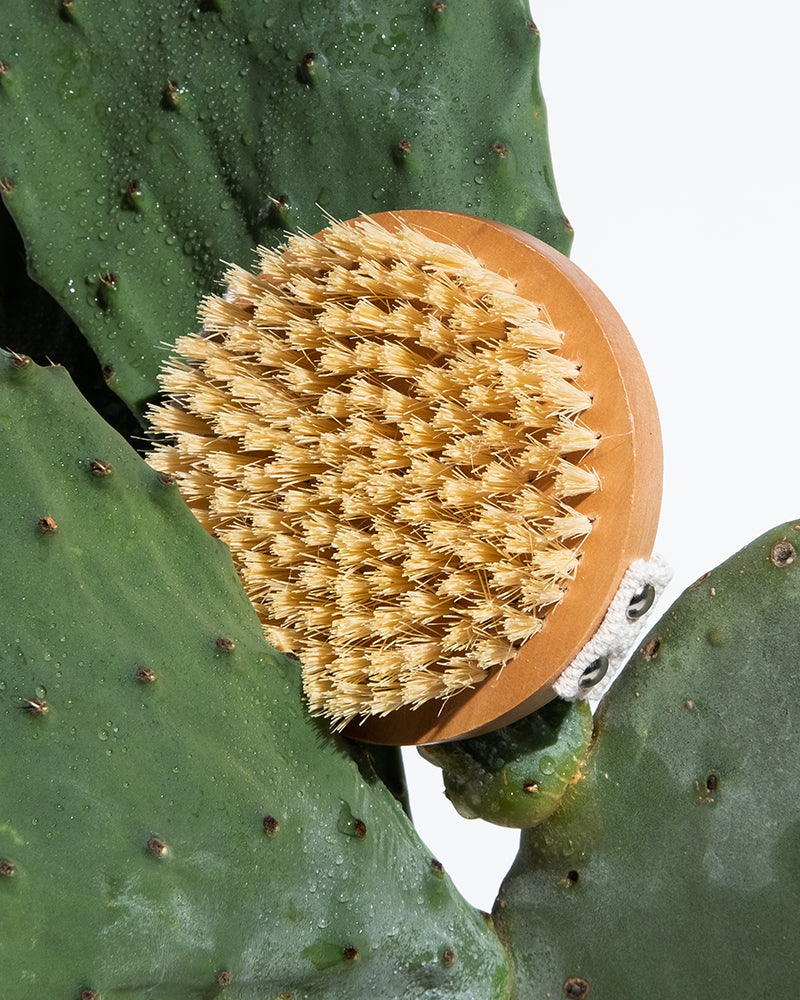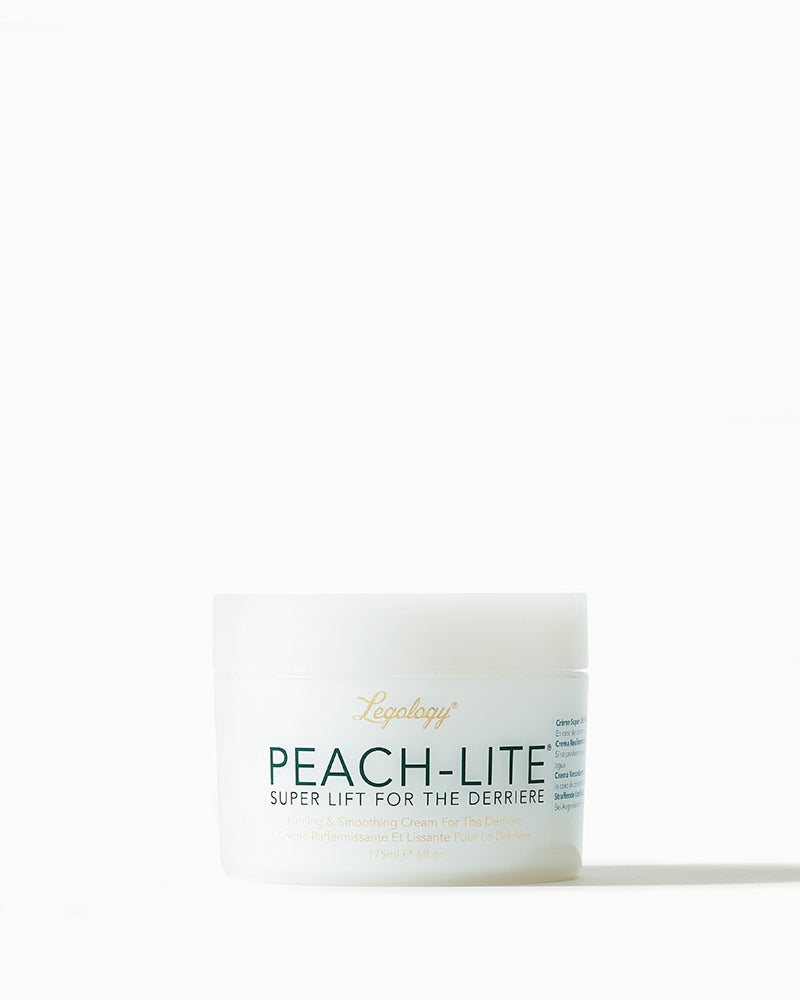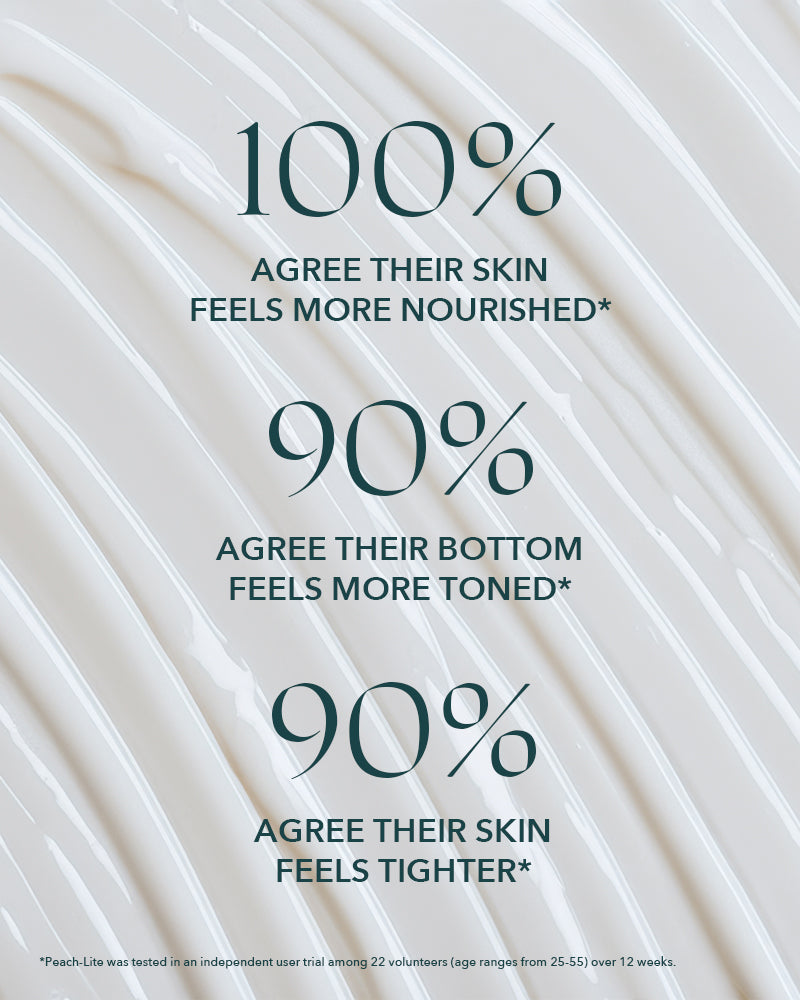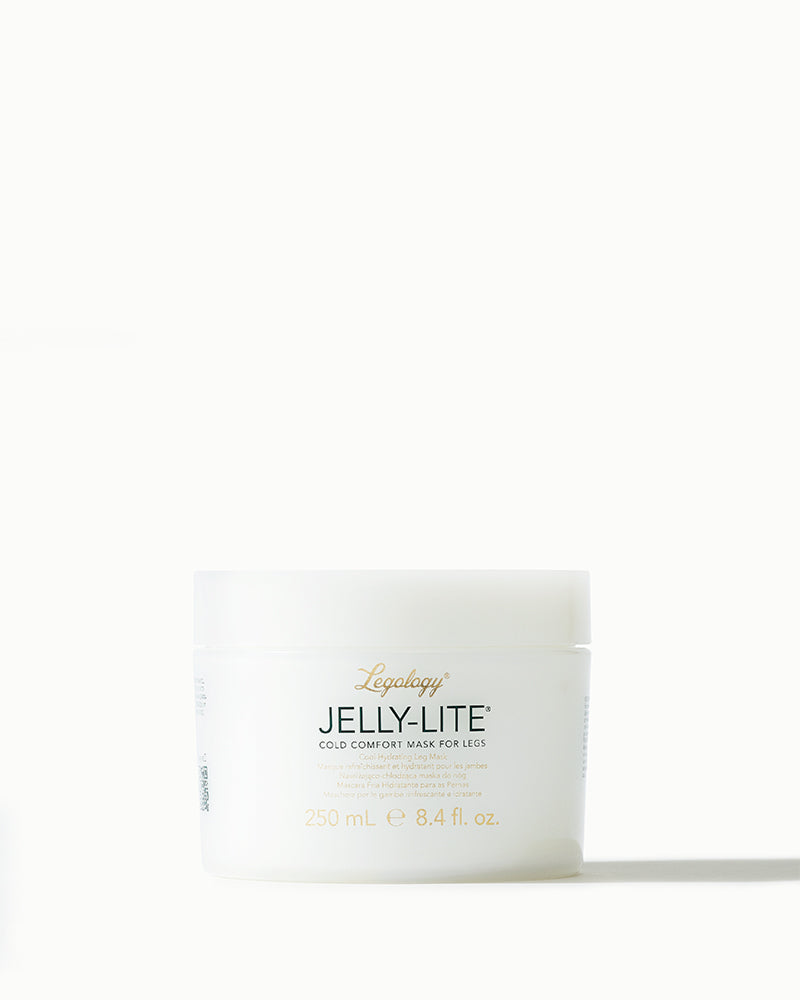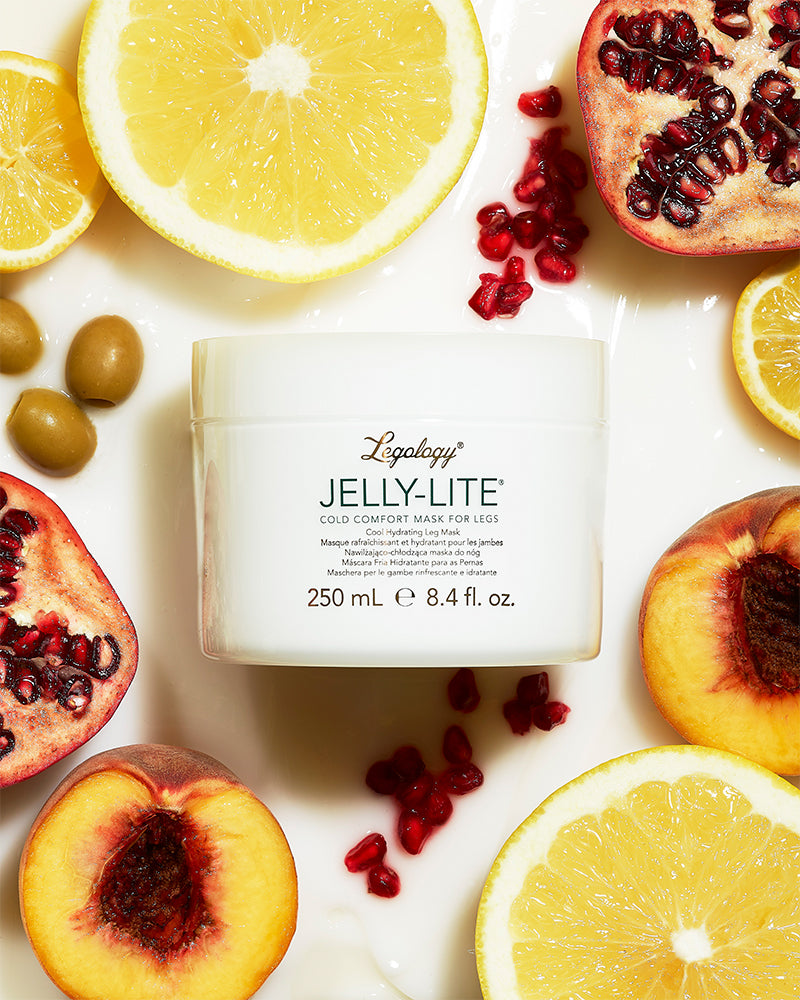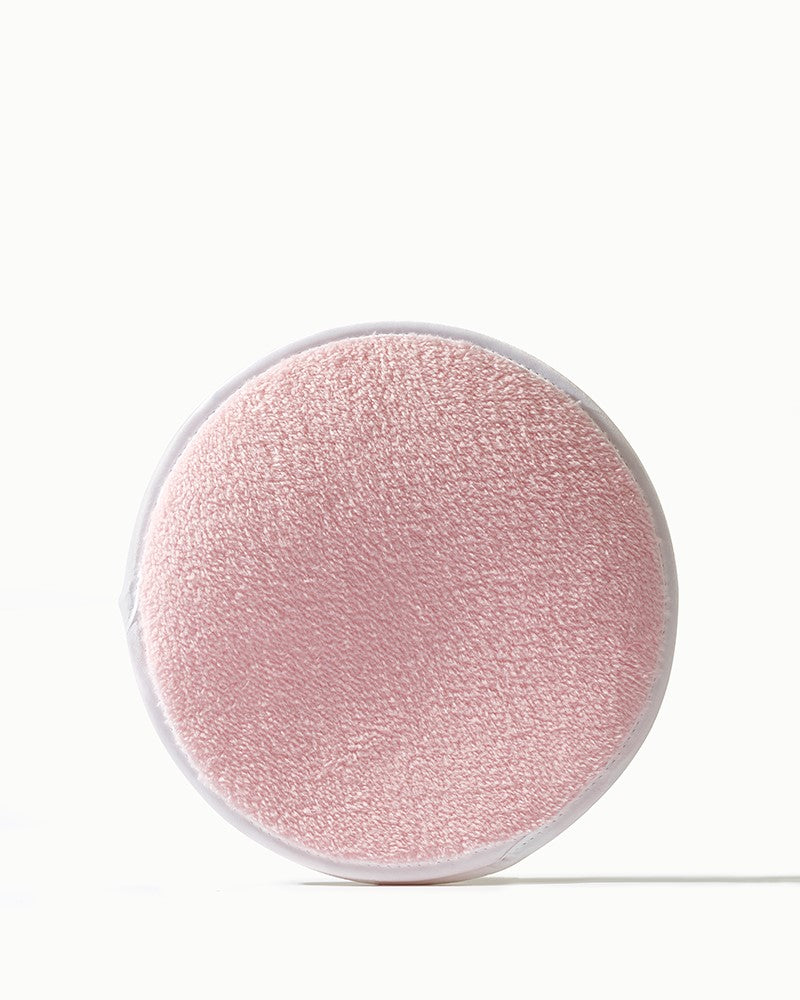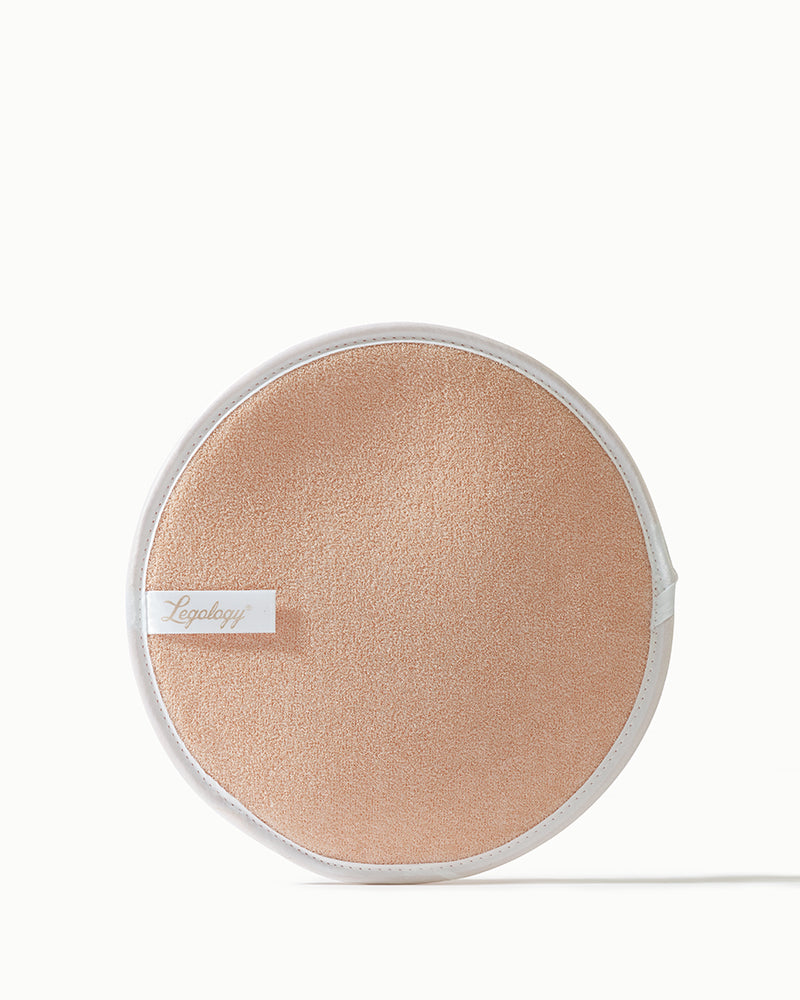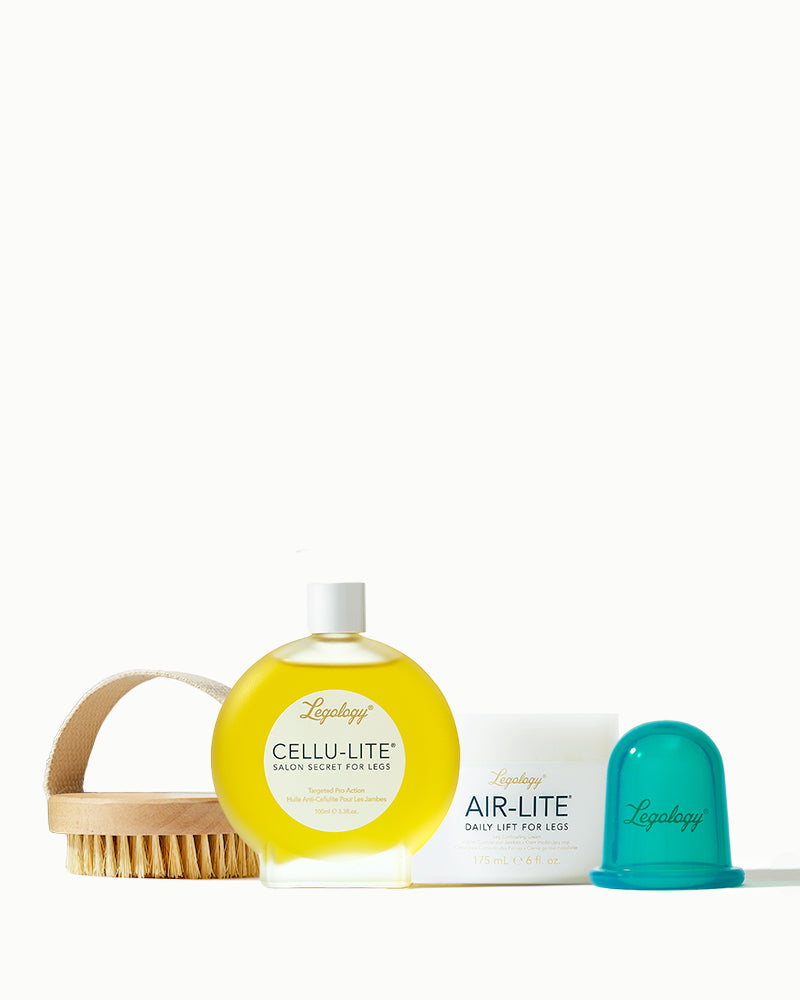Is Cellulite Normal?

As normal as brittle nails, dry hair and congested skin. Cellulite is normal – yes! It’s said to affect up to 90% of women, and while it’s long been associated with fat, every woman who has cellulite knows that it’s an entirely undemocratic issue – it doesn’t matter what size or shape you are, how fit or unfit you are. It’s not choosy about age either, developing at any time in life although especially during times of hormonal change like puberty, pregnancy and menopause.
WHAT IS CELLULITE CAUSED BY?
So what actually is cellulite? The best way to describe it is as lumpy, puckered skin – visible dimples, if you like, on areas like thighs and upper arms. Cellulite can occur anywhere on the body, including tummy and calves, but thighs, buttocks and upper arms are hotspots because there is a density of fat cells in these areas.
What happens when cellulite forms is that trapped fluid and waste between the fat cells start to build in a way that pushes the cells out of alignment and against the connective tissue beneath your skin. That’s why the overlying skin looks a bit puckered and uneven. So it’s not fat that creates the dimples, it’s the way the cells are pushed by the matter trapped between them.
How and why does that happen? It all comes down to your lymphatic system, a network of vessels that run throughout your body and sweep away bacteria and other waste matter to lymph nodes, positioned in numerous places like under your arms and in your groin, to be filtered and eliminated from the body. Few are even aware of its existence, let alone recognise its significance. But lymph is brilliant – it’s your body’s very own waste disposal system – a bit like your blood circulation, except unlike blood flow it doesn’t have a heart to pump it around the body, it relies on you to be moving for it to move.
That’s why, when we lead a sedentary life, we can be prone to cellulite. But there’s more to its formation than that. With age, skin loses thickness and elasticity, so it looks less smooth on top and underneath the fibrous bands between the cells gets looser and less able to hold the fat cells in place. Both of these natural issues can cause cellulite to look more prominent.

HOW MUCH CELLULITE IS NORMAL?
Any amount! It’s all normal, no matter whatever your shape, size, height or age.
Normal cellulite is often graded in terms of its prominence:
- Grade 0: no cellulite on your body
- Grade 1: skin is smooth when you stand up but has mild dimpling when you sit down
- Grade 2: skin has moderate dimples when you stand up or when you sit down
- Grade 3: skin has severe dimples when you stand up or sit down. It also features deep peaks and valleys as raised and depressed areas
Why does it only affect women? Some men do get cellulite, and this is usually hormonally related. But the majority are women, and one of the main reasons for that is the way the fibres that make up the connective tissue are placed. In men, the fibres crisscross together; in women they run in the same direction and are an equal distance apart (parallel). Parallel bands may show puckering better than crisscross bands which tend to hold the fat cells in a more stable net-like way.
Another theory is that the hormone oestrogen may contribute to cellulite, which is why it tends to appear (or worsen) in adolescence, pregnancy and menopause.
WHAT GETS RID OF CELLULITE?
Just like other common beauty issues, cellulite can be improved on and shifted from thighs, bum, and other areas of the body, but it’s not as easy as improving on brittle nails, dry hair and congested skin. A combination of exercise, diet, massage and product application – so a lifestyle approach that includes all of these things, doesn’t rely on just one – is the best route to success. Here’s why:
- Exercise helps because it promotes the lymph, the body’s waste disposal network, and stops excess fluid and waste collecting around fat cells.
- Diet helps because some food – protein, certain vegetables and fruit – help to flush out excess fluid and toxins, while others – sugar, salt and carbohydrate – encourage the body to cling on to it.
- Massage helps because the right kind – and Legology believe that to be hands-on massage – ekes trapped waste out from around fat cells. It doesn’t work to break down fat cells but the effect is to smooth the skin and shift dimples.
- Products help because the right ones will help the lymph to help itself, deeply draining and detoxifying the body of trapped waste and fluid. In addition to creams and oils, cupping and body brushing also help to move the circulation and lymph and remove trapped fluid.

